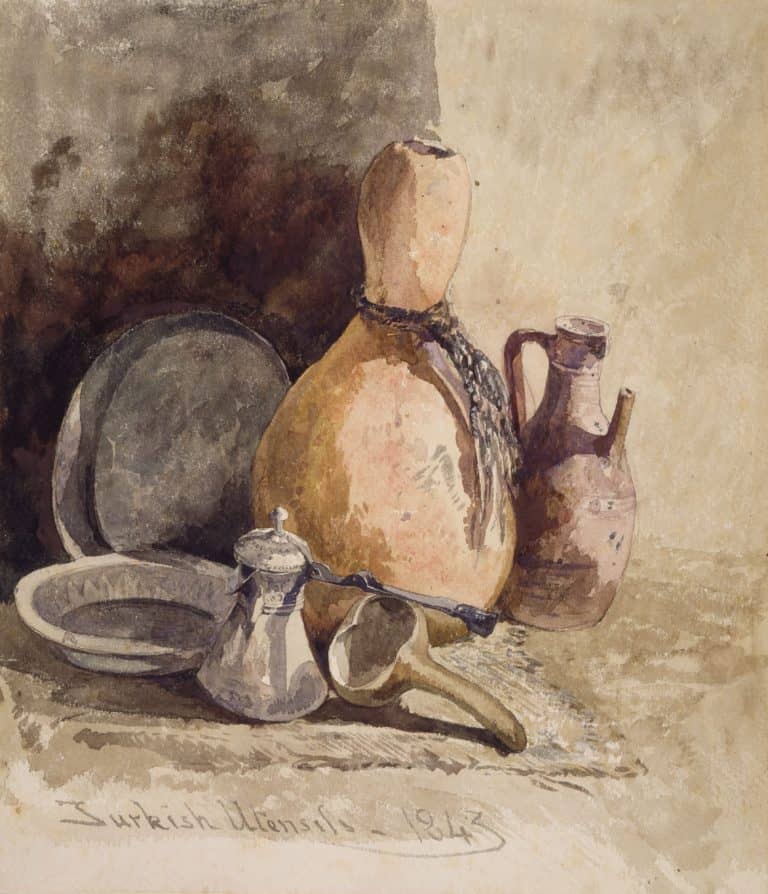OCD and Self-Harm: Unraveling the Hidden Struggles

For individuals living with Obsessive-Compulsive Disorder (OCD), the experience can often extend beyond repetitive behaviors and intrusive thoughts. Some individuals may also engage in self-harm as a way to cope with the overwhelming anxiety and distress caused by obsessive thoughts.
This connection between OCD and self-harm is complex and often misunderstood. In this article, we’ll explore the connection between OCD and self-harm, the symptoms and triggers involved, and the treatment options that can help individuals manage both conditions and regain control over their lives.

What is Self-Harm and How is it Linked to OCD?
Defining Self-Harm
Self-harm, or self-injurious behavior, refers to the deliberate act of inflicting physical harm on oneself to cope with emotional pain, distress, or anxiety. Common forms of self-harm include cutting, burning, scratching, or hitting oneself. It is important to understand that self-harm is often a way of managing overwhelming feelings, rather than an attempt at suicide.
The Connection Between OCD and Self-Harm
OCD is characterized by intrusive, distressing thoughts (obsessions) and repetitive behaviors (compulsions) performed to alleviate the anxiety caused by those thoughts. For some individuals with OCD, self-harm may become a compulsive behavior used to temporarily relieve the distress caused by obsessive thoughts. This is known as self-harm in OCD and can serve as a coping mechanism to reduce emotional tension or to “punish” oneself for perceived wrongdoings.
Common Triggers of Self-Harm in OCD
Intrusive Thoughts and Anxiety
The obsessive thoughts that define OCD often generate intense anxiety, fear, or guilt. For some individuals, self-harm may serve as a way to deal with this overwhelming anxiety. The urge to hurt oneself may be triggered by the need to feel some control over the chaos in their mind or to distract from the emotional pain caused by intrusive thoughts.
Perfectionism and Fear of Imperfection
Perfectionism, a common trait in OCD, can lead to a sense of extreme failure if someone feels they haven’t met their own high standards. This sense of failure can trigger self-harm behaviors, as individuals may feel they need to punish themselves for not achieving perfection or for making mistakes. Self-harm can become a way to try and “correct” or “purge” these perceived flaws.
Need for Control
Individuals with OCD often struggle with feelings of uncontrollability. In response to these feelings, some may engage in self-harm as a way to regain control over their body or emotions. This behavior is a misguided attempt to manage the intense emotional pain or tension caused by OCD-related obsessions and compulsions.
How Self-Harm in OCD Affects Daily Life
Emotional Impact of Self-Harm
Engaging in self-harm often brings temporary relief from emotional distress, but it can lead to long-term emotional and psychological consequences. Individuals may experience feelings of shame, guilt, or embarrassment, which can further exacerbate their OCD symptoms. This creates a vicious cycle of self-harm, emotional pain, and compulsive behaviors.
Physical Consequences of Self-Harm
Self-harm can have serious physical consequences, including scarring, infection, or more severe injuries. In the context of OCD, the need to repeatedly engage in self-harm behaviors can escalate, leading to increased physical harm. Additionally, the physical damage can be a constant reminder of the emotional turmoil caused by OCD, reinforcing the cycle of distress.
Social and Relationship Strain
Self-harm can also strain personal relationships. Loved ones may not understand the reasons behind self-harming behaviors, leading to feelings of isolation for the individual with OCD. The secrecy and shame associated with self-harm may prevent individuals from seeking help or opening up to others, leading to further social withdrawal.
Treatment Options for OCD and Self-Harm
Cognitive Behavioral Therapy (CBT)
Cognitive Behavioral Therapy (CBT) is an evidence-based treatment for OCD that focuses on identifying and challenging distorted thoughts and behaviors. CBT helps individuals with OCD reframe their obsessive thoughts, reduce compulsive behaviors, and address any self-harming tendencies. The goal is to break the cycle of obsession, anxiety, and self-harm by providing healthier coping strategies.
Exposure and Response Prevention (ERP)
A key component of CBT, Exposure and Response Prevention (ERP) is particularly effective in treating both OCD and self-harm. ERP involves exposing individuals to the situations that trigger their obsessive thoughts and anxiety while preventing them from engaging in the compulsive behavior, including self-harm. Over time, ERP helps individuals tolerate anxiety without resorting to self-destructive actions.
Dialectical Behavior Therapy (DBT)
Dialectical Behavior Therapy (DBT) is another effective treatment for individuals who experience self-harm behaviors. DBT focuses on improving emotional regulation and teaching individuals skills to tolerate distress without resorting to harmful behaviors. DBT is especially beneficial for individuals with OCD who struggle with emotional instability and impulsivity.
Medication for OCD and Self-Harm
Medications such as Selective Serotonin Reuptake Inhibitors (SSRIs) are commonly prescribed to help manage OCD symptoms and reduce the intrusive thoughts that may lead to self-harm. In some cases, medications like mood stabilizers or antipsychotic drugs may also be used to address underlying emotional instability or impulsivity associated with self-harm behaviors.
Coping Strategies for Managing OCD and Self-Harm
Developing Healthy Coping Mechanisms
Developing healthier ways to cope with anxiety and distress is crucial for individuals with OCD who engage in self-harm. Techniques such as deep breathing, journaling, or engaging in physical activity can help reduce stress and manage emotions in a non-destructive way. Practicing mindfulness and grounding exercises can also provide a sense of control and help individuals stay present in the moment.
Building a Support System
Having a strong support system is essential for those dealing with OCD and self-harm. Support from family, friends, or support groups can provide emotional encouragement and help individuals feel less isolated. Sharing experiences with others who understand OCD and self-harm can also foster a sense of community and validation.
Setting Small, Achievable Goals
For individuals with OCD and self-harm behaviors, setting small, achievable goals can help build confidence and reduce the impulse to engage in self-destructive actions. These goals can include improving self-care routines, gradually reducing compulsive behaviors, or reaching out for support when feeling overwhelmed.
When to Seek Professional Help
Recognizing the Need for Intervention
If self-harm behaviors are escalating or interfering with daily functioning, it’s important to seek professional help. A therapist specializing in OCD or self-harm can help develop a treatment plan tailored to individual needs and provide support in addressing both the OCD and self-harm behaviors.
The Role of Family and Loved Ones
Family members and loved ones can play a critical role in supporting someone with OCD and self-harm. By offering encouragement and understanding, they can help create a safe environment for the individual to seek help and begin their journey toward healing.

Conclusion:
Self-harm behaviors in OCD are complex and often misunderstood, but with the right treatment and coping strategies, individuals can break the cycle of pain and distress. Whether through Cognitive Behavioral Therapy, Exposure and Response Prevention, or Dialectical Behavior Therapy, there are effective ways to manage both OCD and self-harm.
If you or someone you know is struggling with these behaviors, seeking professional help is the first step toward recovery. With the right support and treatment, individuals can regain control over their emotions, reduce the urge to self-harm, and build healthier coping mechanisms.





